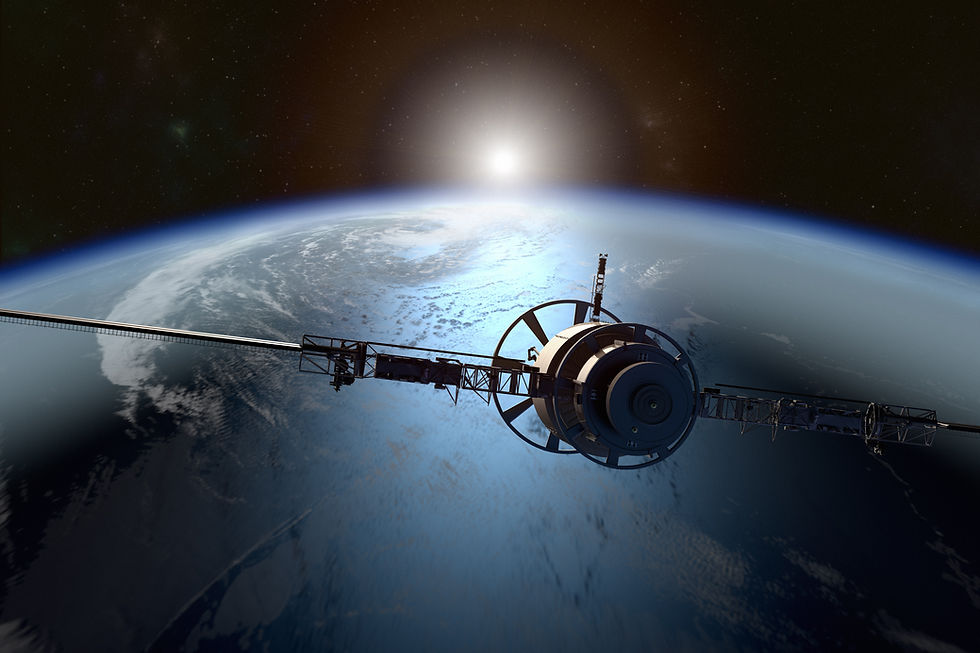

Current Interest

Are Astronauts really in zero gravity?
Have you ever dreamt of flying like a bird, soaring through the sky with the wind rushing past you? Well, astronauts get to experience something even more extraordinary—they get to float weightlessly in space! But how does this happen?
The Gravity Conundrum:

Gravity is the force that pulls objects toward each other. On Earth, it keeps us firmly planted on the ground, making sure we don't float away into space. But as you venture farther from Earth, the strength of gravity diminishes. When astronauts are in orbit around the Earth, they aren't "floating" in the traditional sense; rather, they are in a constant state of free fall towards our planet. What keeps them from crashing back to Earth? It's their incredible speed!
Speeding Through Space:
Imagine you're throwing a ball into the air. What goes up must come down, right? That's because of gravity. But now, imagine you could throw that ball fast enough that it never came back down. It would seem like it's floating in the air. Well, that's essentially what's happening with astronauts and their spacecraft. They're moving so fast sideways that, even as they fall towards Earth due to gravity, they keep missing it! This continuous falling motion, balanced by their sideways speed, creates the illusion of weightlessness.

Inertia: The Invisible Force:
Now, let's talk about inertia. It's the tendency of objects to keep moving in the same direction unless acted upon by an outside force. Think about when you're in a car making a sharp turn. You feel yourself being pushed to the side, right? That's because your body wants to keep moving in a straight line, but the car is turning. In space, there's no air resistance or friction to slow things down. Once astronauts and their spacecraft start moving, they keep going in the same direction at the same speed. This constant motion enhances the feeling of weightlessness.
The Joy of Microgravity:
When astronauts experience this sensation of floating, known as microgravity, it's not just fun—it's scientifically valuable too! Microgravity allows scientists to conduct experiments that simply wouldn't be possible on Earth. It enables the study of how materials behave, the growth of plants, and even the effects of space travel on the human body.
So, when you see those awe-inspiring images of astronauts gracefully floating in space, remember the incredible interplay of gravity, speed, and inertia that allows them to experience the ultimate weightless adventure. Floating in orbit isn't just a thrill ride; it's a gateway to unlocking the mysteries of the universe!